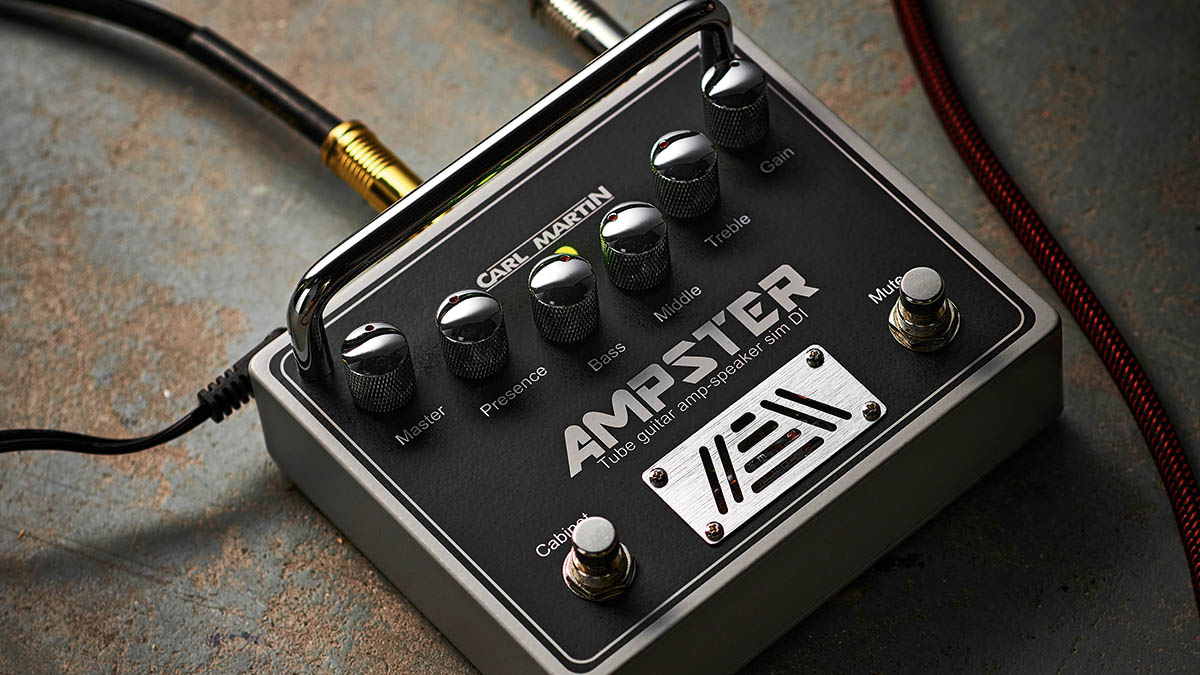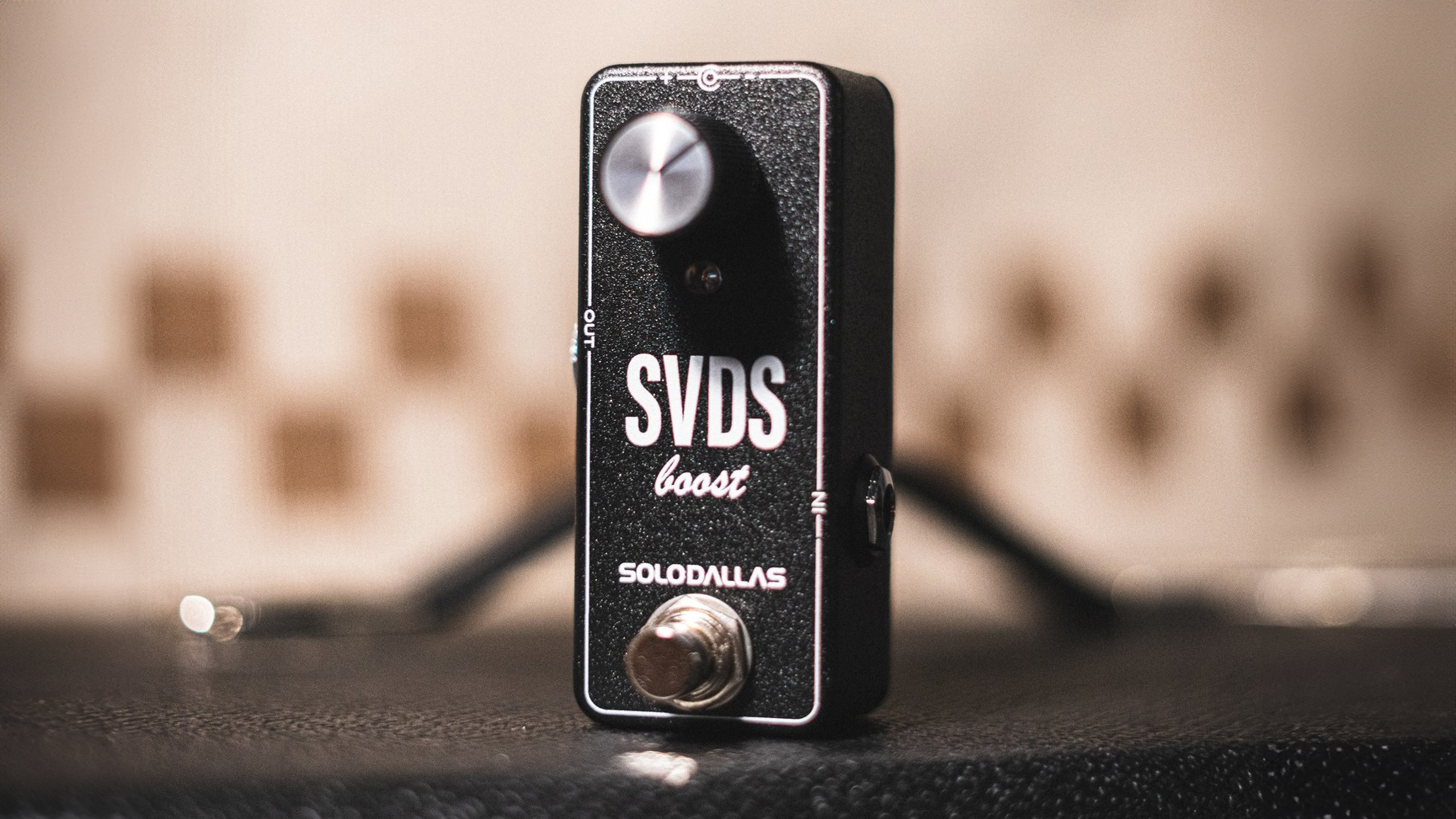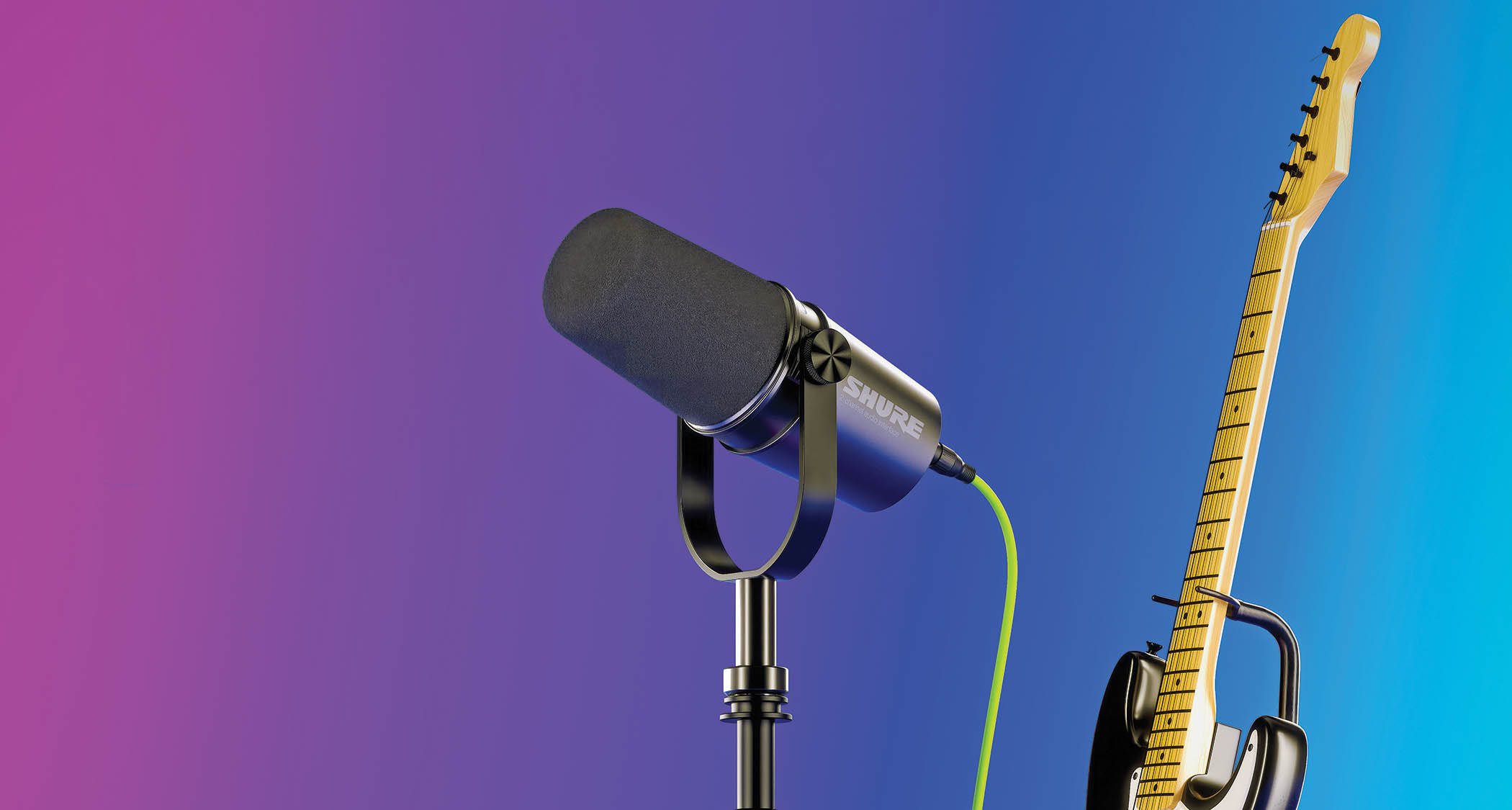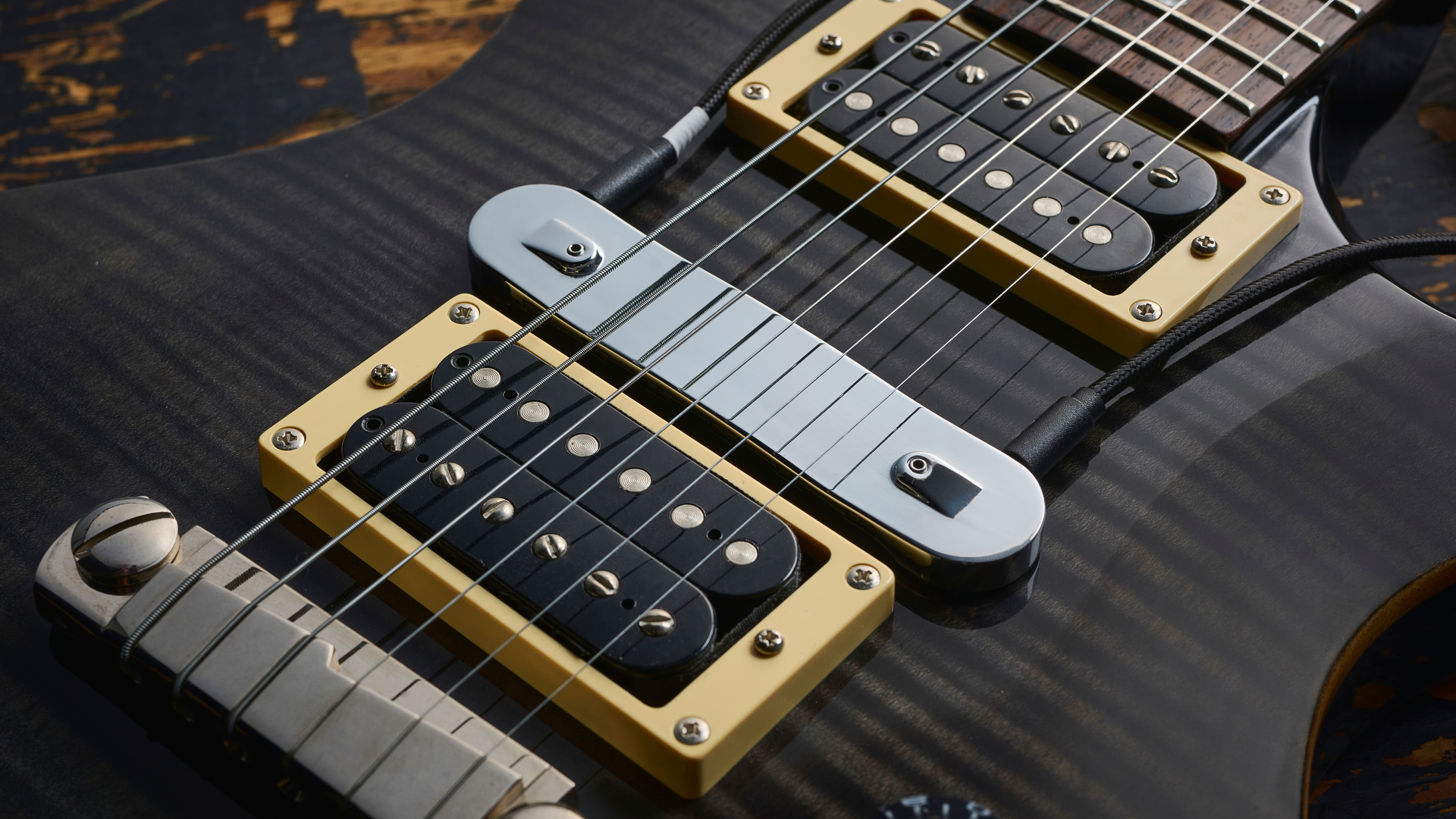Guitar World Verdict
The Ampster adds valve warmth and balanced DI connectivity to any pedalboard, and has all the functions you need to dial in a great sound.
Pros
- +
Tone-sweetening and practical.
- +
A quality DI with ground lift.
- +
Series effects loop.
Cons
- -
Niche product but indispensable for ’board users.
- -
Needs a solid 1A of DC power.
You can trust Guitar World
Based in Denmark, analog specialist East Sound Research has been turning out clever products for guitar and bass under the Carl Martin brand for nearly 30 years, and has an enviable artist roster that includes Joe Bonamassa, Pete Thorn and Kid Andersen.
Adding to an already diverse range that includes pedals, amps and switching solutions, the Ampster is a valve-based DI box that’s poised to be popular for anyone who uses pedals.
The Ampster is intended to sit at the end of a pedal chain and adds direct-out flexibility, with a quality balanced output on XLR for connection to guitar audio interfaces, as well as studio or live consoles.
There’s a familiar set of amp-like controls including Gain and Master volume, together with Bass, Middle, Treble and Presence. Two footswitches sit either side of a small silver-vent grille, behind which lurks a single TAD ECC83 twin triode tube.
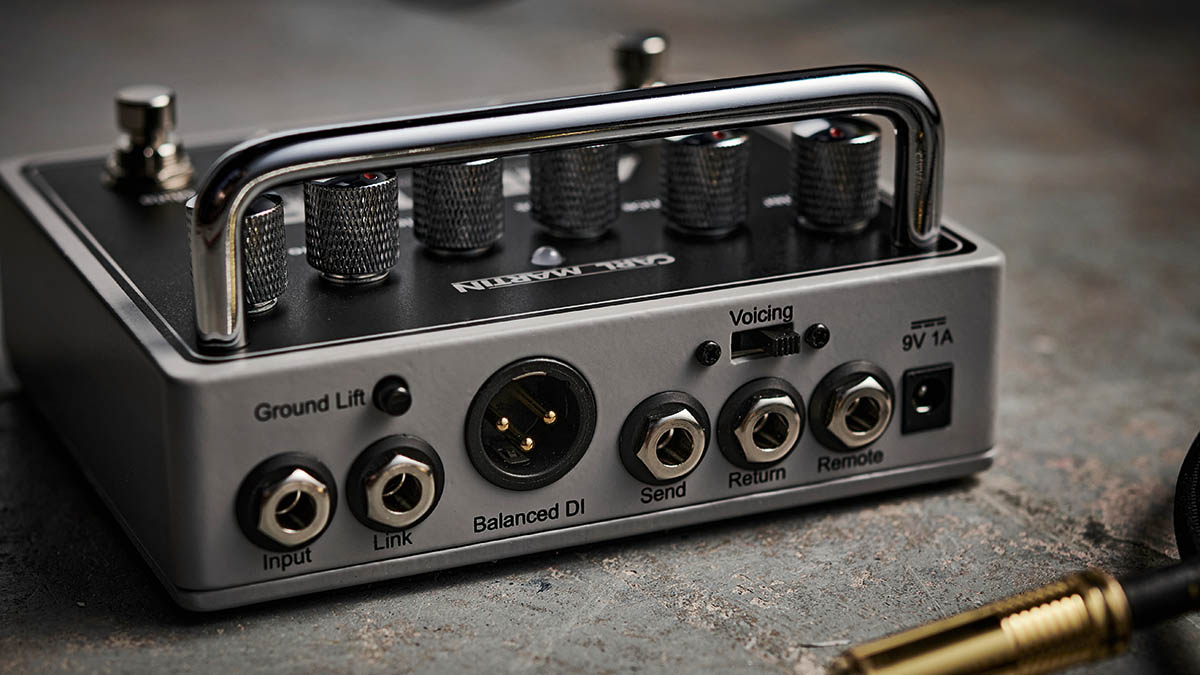
One of these buttons functions as a mute, while the other switches between a choice of 4x12 closed‑back or 2x12 open-back cabinet emulations. A single LED glows red or green depending on which emulation is active, and flashes when the Ampster is in mute mode.
On the rear panel there’s a single 6mm jack input and a jack marked ‘Link’ for direct connection to an amp. The balanced DI output features a useful ground lift switch and there’s also a three-position voicing switch that progressively trims low-end frequencies to taste.
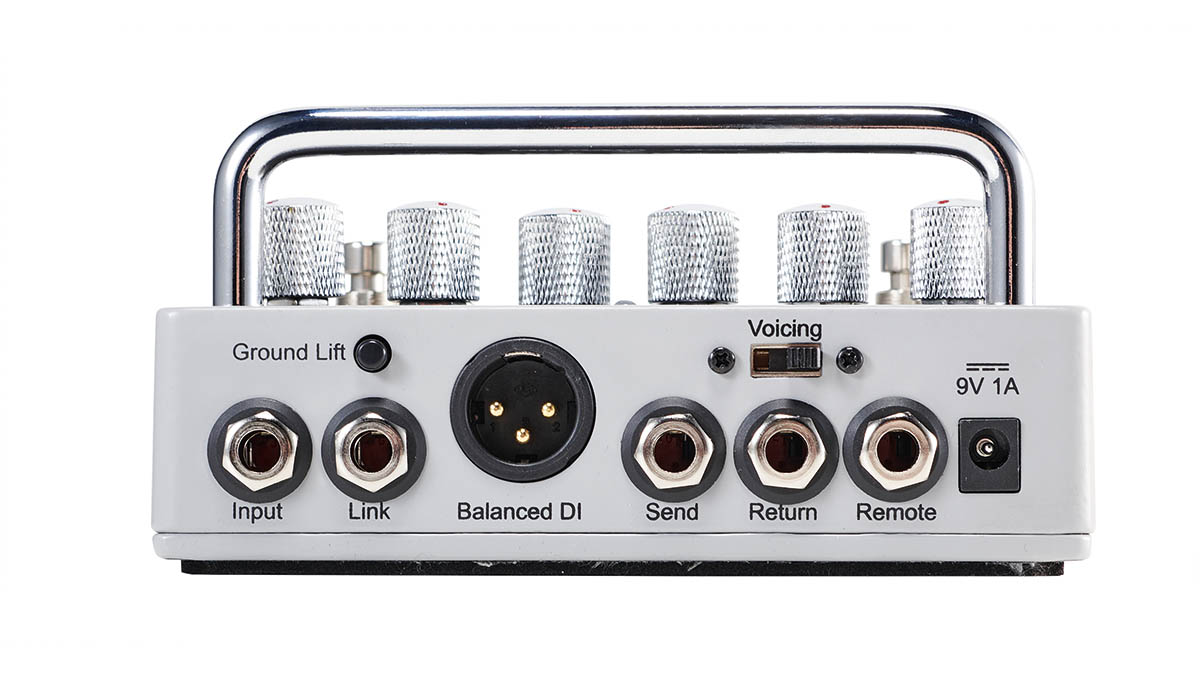
The Ampster also boasts a series effects loop and a useful remote switch if you want to house it in a rack. Power comes from an external adaptor that isn’t included: the Ampster needs a good one amp of current, so if you’re using an existing power supply, make sure it can handle this, or alternatively use Carl Martin’s own Power Jack PSU.
We tried the Ampster out with drive and delay pedals into a small mixing console and were impressed by the convincing cab emulations and its warm, amp-like tones. The simple controls are quick to dial in and fun to use, and it’s also impressively free of noise, making it a great choice for studios.
For players who rely on their pedalboard to get their sound, the Ampster could turn out to be the vital missing link, adding a quality console connection that lets you run your guitar into an amp, a desk or both, and mix the signal for the best overall result.
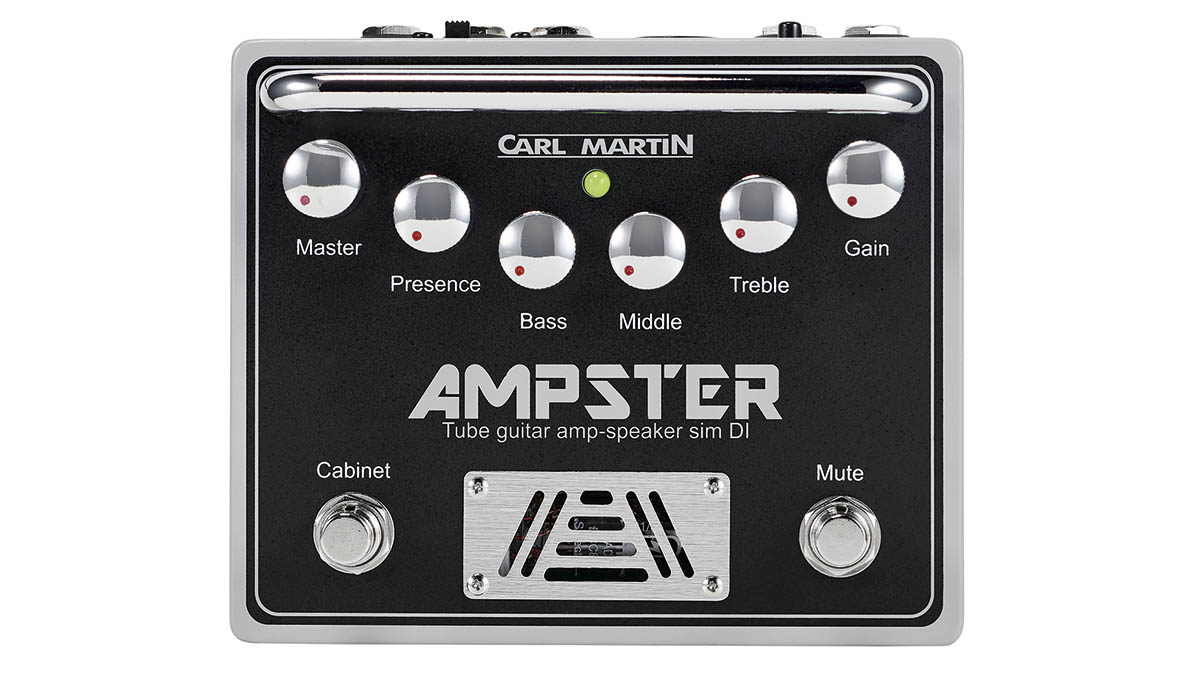
Specs
- PRICE: $299 / £239
- ORIGIN: Denmark
- TYPE: Valve-based analog amp/cabinet simulator and DI
- VALVES: 1x ECC83
- DIMENSIONS: 145 (w) x 125 (d) x 70mm (h)
- WEIGHT (kg/lb): 0.5/1
- CASE: Alloy
- CHANNELS: 1
- CONTROLS: Gain, bass, middle, treble, presence, master volume
- FOOTSWITCH: Cab sim select, mute
- CONNECTIONS: Input, Link, DI out, Effects send/return, remote, all on 6.5mm jack
- POWER: 9V DC (adaptor not supplied), 1,000mA minimum
- OPTIONS: None
- RANGE OPTIONS: None
- CONTACT: Carl Martin
Nick Guppy was Guitarist magazine's amp guru for over 20 years. He built his first valve amplifier at the age of 12 and bought, sold and restored many more, with a particular interest in Vox, Selmer, Orange and tweed-era Fenders, alongside Riveras and Mark Series Boogies. When wielding a guitar instead of soldering iron, he enjoyed a diverse musical career playing all over the UK, including occasional stints with theatre groups, orchestras and big bands as well as power trios and tributes. He passed away suddenly in April 2024, leaving a legacy of amplifier wisdom behind him.
